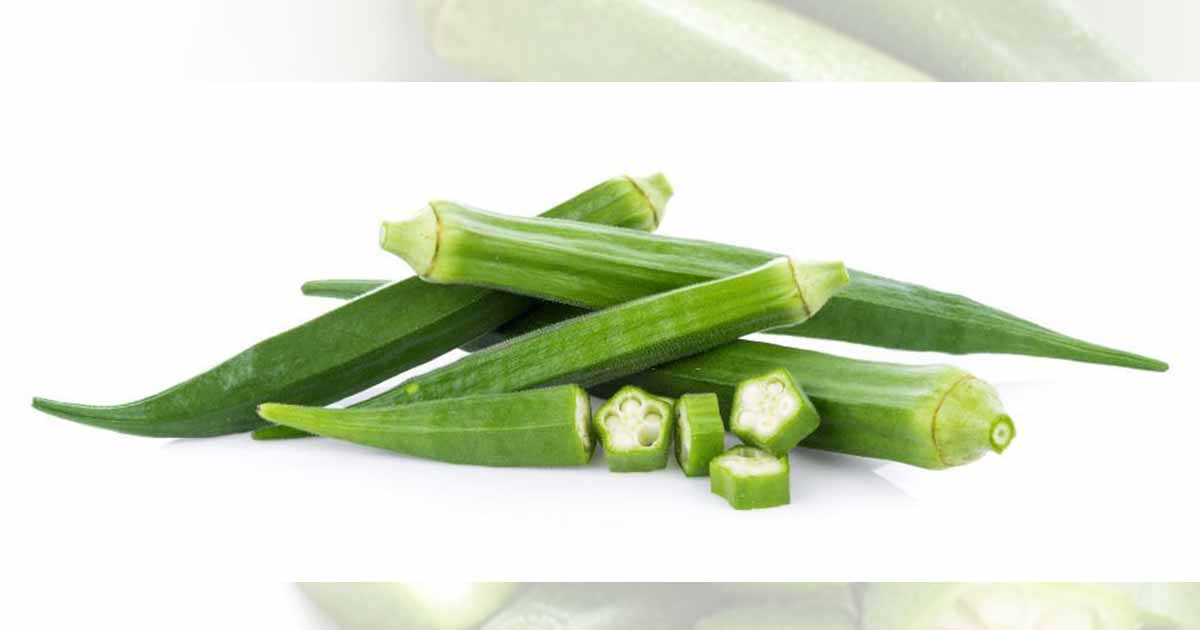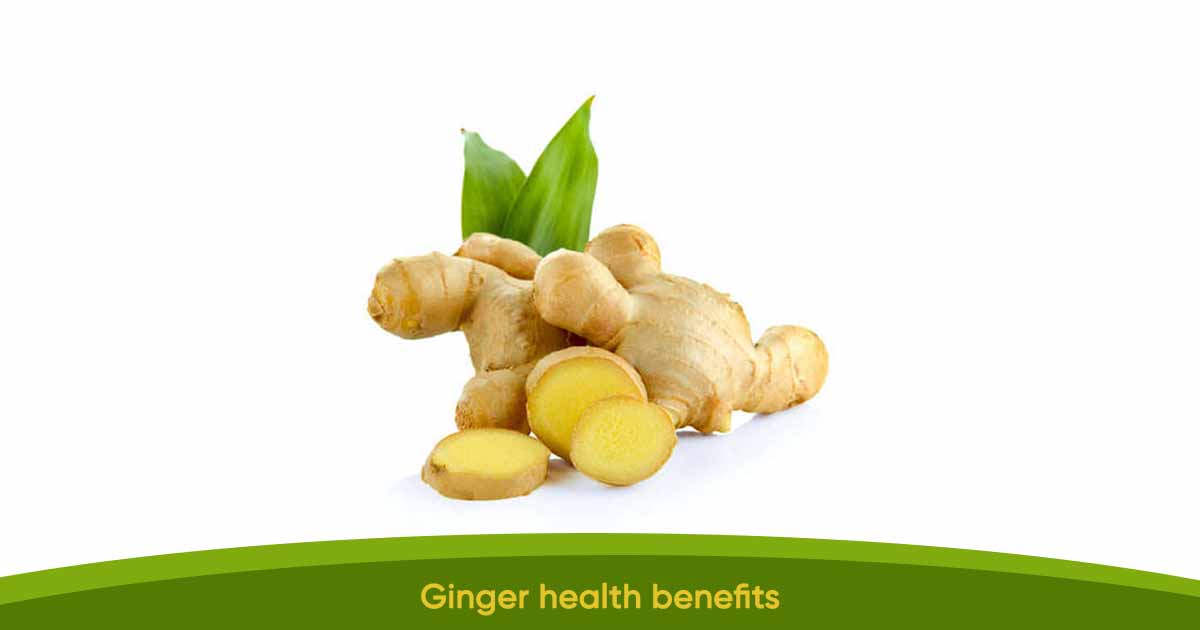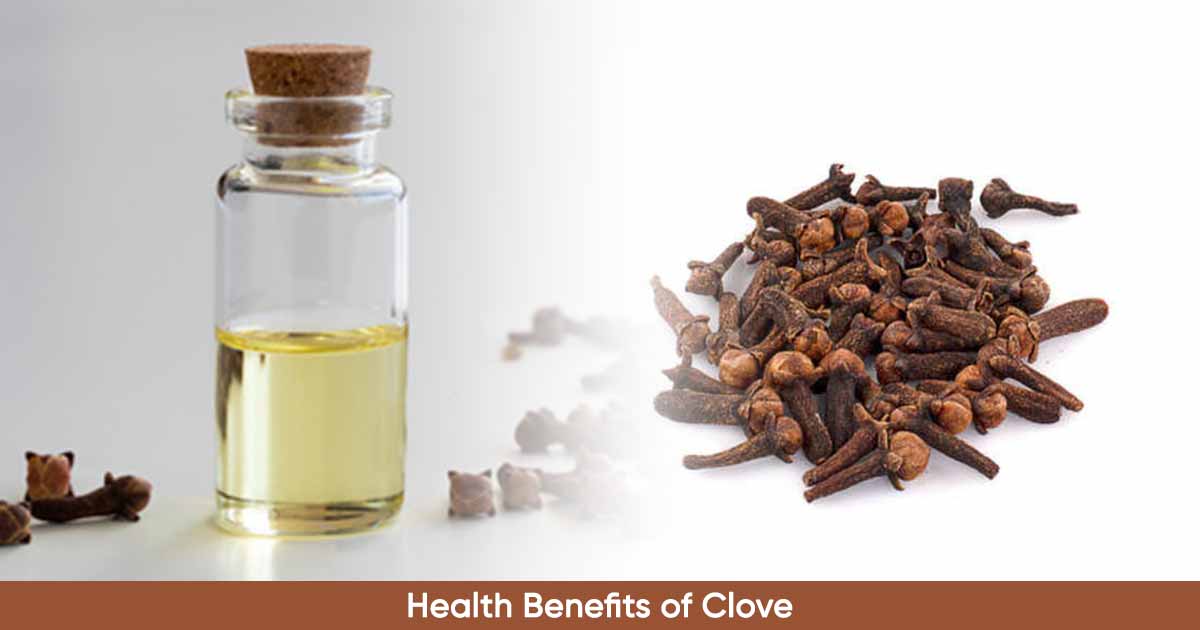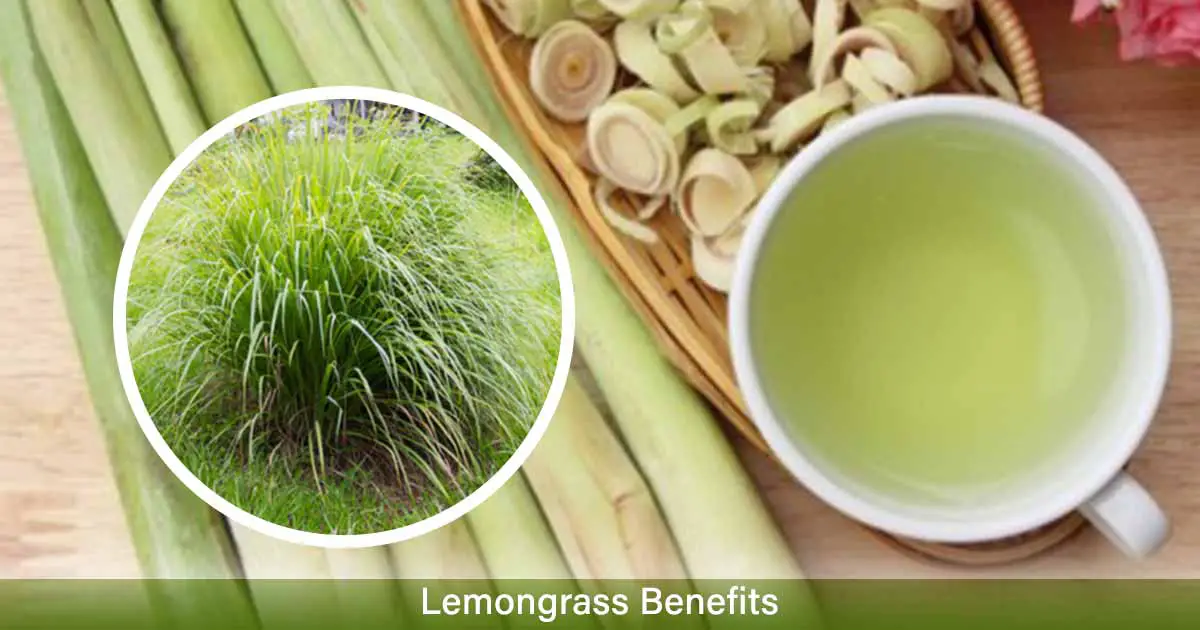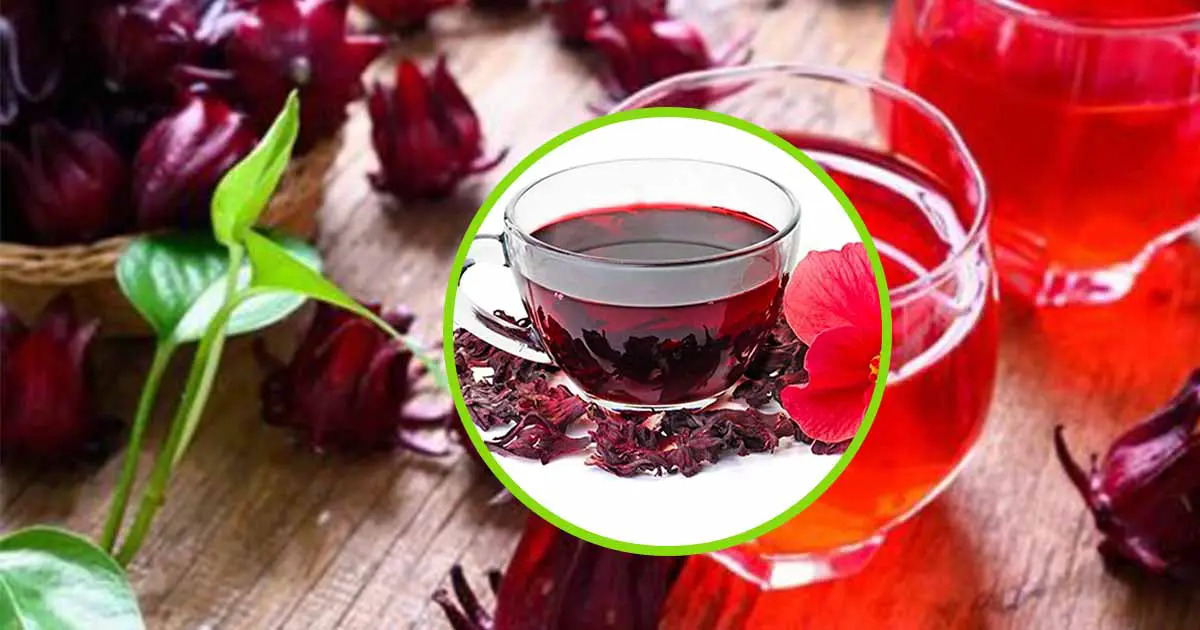Okra, or lady’s finger (botanical name Abelmoschus esculentus), is a vegetable of the family, Malvaceae. The tropical vegetable crop originates from Ethiopia but is now distributed in most of Africa, Mediterranean region, India. It is grown in large scale in Ethiopia, Turkey, Malaysia, India, Brazil, the US, Thailand, Cyprus, Pakistan and West Africa.
Okra can grow in tropical, subtropical and warm temperate regions of the world. Abelmoschus esculentus is an upright annual, herbaceous, fibrous plant that can grow 3 to 8 feet tall. The stem is erect, semi-woody, with branches, and can have green or reddish tings color. The leaves are dark green, hairy and lobed, reaching up to 12 inches in length. They resemble maple leaves.
Flowers are large, with five white to yellow petals and a red or purple spot at the base of each petal. The flower last for five days. Okra fruit pods are the edible portion, and are elongated, conical or cylindrical capsule, with five cavities. The color ranges from yellowish green to green, but is sometimes purple or whitish green. The fruit has numerous oval, smooth, striated and dark green or dark brown or white seeds. They are havested when tender and imature.
The four domesticated varieties are Abelmoschus esculentus, Abelmoschus caillei, Abelmoschus manihot, and Abelmoschus moschatus. Abelmoschus esculentus is the common okra that is cultivated in various parts of the world, like Africa, South and East Asia, and southern USA. The plant genus, Abelmoschus, is distinguished from the Hibiscus by the characteristics of the calyx,
spathulate, with five short teeth.
Okra may be eaten raw, boiled or stir-fried. You can add to favorite stew or soups. The pods could also be dried. It is rich in dietary fiber, distinct seed proteins, both lysine and tryptophan amino acids, distinct from the proteins of cereals and pulses.
Okra has different local names in different parts of the world such as nkuruma in Twi (Ghana), guino-gombo in Spanish, guibeiro in Portuguese, lady’s finger in England, Fetri in Ewe, bhindiin in India, gumbo in the US, okuru in Igbo, Miyan-gro in Hausa, Layre in Fulani, okura in Japan, gumbo in France, qiu kui in Taiwan, asbamia in the Middle East.
Okra farms are affected by fungi such as Fusarium, Choanephora, Cercospora, Pythium and Rhizoctonia affecting the yield. They cause diseases such as cercospora leaf spot, yellow vein mosaic virus (YVMV), fusarium wilt, powdery mildew, damping off.
Apart from the use as a vegetable and as a medicine, okra can be used as paper pulp just as kenaf, mucilage, bioabsorbent in wastewater treatment, seeds, sacks and ropes.
Okra Mucilage: Applications
The mucilage in okra is a slimy and thick substance in the fresh and dried pods. They are acidic polysaccharides (neutral sugars rhamnose, galactose and galacturonic acid) associated with proteins and minerals. They have many applications
The mucilage can be used as a whipping agent for reconstituted egg whites, additive in flour-based adhesives, additive in clarifying sugarcane juice. Non-food application of the mucilage include use as protectant to reduce friction in pipe-flow, use as deflocculant in paper and fabric production, brightening agents in electro deposition of metals.
The mucilage has medicinal applications such as tablet binder, extender of serum albumin, suspending agent in formulations, protective food additive against irritating and inflammatory gastric diseases, among others.
Nutritional Composition of Okra
Okra contains carbohydrates, vitamins, minerals, fiber, water, energy, and high quantities of protein and amino acids. There are low in calories in a fresh pod with almost no fats. Fresh pods contain high quantity of dietary fiber.
The okra pod contains minerals such as potassium, calcium, magnesium, sodium, iron, phosphorus. There are vitamins such as riboflavin, ascorbic acid, vitamin A, vitamin E and tocopherols, thiamine, folate, niacin and component like β-carotene.
Tocopherols are fat-soluble vitamins, and powerful antioxidants with the forms, α, β, Y, and δ. δ the most potent.
Of all the minerals in the pods, sodium, potassium, calcium and magnesium are of the biggest quantity. But there are small quantities of iron, manganese and nickel. The seeds and pod skin (mesocarp) has a good quantity of zinc.
Half a cup of the cooked fresh pods has approximately 10% of the recommended levels of vitamin B6, folic acid and vitamins A and C.
The leaves also contain minerals and vitamins.
| Nutrient | Quantity |
| Carbohydrates | 7.45 g |
| Protein | 11.93 g |
| Fat | 0.2g |
| Moisture | 89.58 g |
| Fibre | 3.20 g |
| Calories | 35.0 |
| Phosphorus | 61.00 mg |
| Zinc | 0.58 mg |
| Calcium | 82.00 mg |
| Iron | 0.62 mg |
| Magnesium | 57.00 mg |
| Manganese | 0.788 mg |
| Potassium | 299.00 mg |
| Copper | 0.11 mg |
| Selenium | 0.70 mcg |
| Sodium | 7.00 mg |
| Folate | 60 mcg |
| Vitamin A | 36.00 mcg |
| Vitamin K1 | 31.3 mcg |
| Vitamin C | 23 mg |
| Vitamin E (alpha-tocopherol) | 0.27 mg |
| Riboflavin [Vitamin B2] | 0.060 mg |
| Pantothenic acid [Vitamin B5] | 0.245 mg |
| Vitamin B6 | 0.215 mg |
| Thiamine [Vitamin B1] | 0.200 mg |
| Choline | 12.3 mg |
| Niacin [Vitamin B3] | 1.000 mg |
Phytochemical in Okra (Abelmoschus esculentus)
Okra contains phenolic compounds, such as flavonoids (quercetin, catechin) and catechins, and oligomeric derivatives and antioxidants. Other phytochemicals are alkaloids, saponins, tannins, terpenoids and glycosides
The seed oil is rich in linoleic acid, a polyunsaturated fatty acid, and seed proteins such as tryptophan and sulphur amino acids.
There are carotenoids (fat-soluble compounds), and include beta carotene, lycopene, lutein, and xanthophane.
It contains oxygenated monoterpenes, sesquiterpene hydrocarbons, phenylpropanoids, and monoterpene hydrocarbons. The main terpenoids are carvone, limonene, caryophyllene, decanal, and (E)-anethole.
Okra contains compounds such as a-cellulose, hemicelluloses, lignin, pectic matter, fatty and waxy matter and aqueous extract.
Health Benefits of Okra (Abelmoschus esculentus)
Okra has many health benefits, such as antioxidant, anti-inflammatory, antibacterial, anticancer, antidiabetic, lipid-lowering, organ protective, and neuropharmacological activities.
Huge source of fiber: Okra is an excellent source of fiber, which is good for the digestive system by promoting bowel movement. Fiber keeps the colon cell healthy and prevents cancers of the digestive system, such as colon cancer.
Antioxidants: The plant has phenolic compounds, chlorophyll, vitamin E, tocopherols, and carotene that protect the body tissues from oxidative damage and prevent inflammatory and heart diseases.
Blood clotting: Okra has high levels of vitamin K1. Vitamin K1 is an essential vitamin that improves blood clotting, bone metabolism, and heart health possibly.
Antimicrobial activity: The plant has antimicrobial activity against pathogenic strains such as S. aureus, E. coli, B. cereus, Mycobacterium sp., M. aurum, S. aureus, E. coli, Xanthobacter, Listeria monocytogenes, Salmonella enteritidis, S. typhimurium, and K. pneumoniae.
Antidiabetic effect: Okra peel inhibits α-amylase and α-glucosidase enzymes. Both enzymes digest the carbohydrates and increase the postprandial glucose level in diabetic patients. Inhibition of the enzymes prevents postprandial hyperglycemia and reduce the risk of developing diabetes.
In a study, diabetic mice were fed with dried and ground okra peels and seeds. There was a reduction in blood glucose levels after some days. Okra juice made by soaking cut-up pieces of the plant in water overnight can be drank to lower sugar levels.
The antidiabetic effect may be due to the flavonoid constituents such as isoquercitrin and quercetin 3-O-gentiobioside.
Good for Eyesight: Lutein and zeaxanthin protect the macular region of the eye from harmful radicals and damaging rays preventing macular degeneration, a leading cause of age-related blindness.
Exposure of harmful radicals to the eye lens may eventually lead to the formation of cataracts. Okra has two constituents, lutein and zeaxanthin, which can prevent cataracts, and keep the eyes tissues strong.
Beta carotene works with lutein and zeaxanthin, maintaining healthy eyes, and prevents eye cataracts and macular degeneration.
Anti-cancer property: Vitamin K1 prevents colon, stomach, nasal and oral cancer. Beta carotene also prevents cancer. Okra also contains carotenoids, lutein and zeaxanthin. They are powerful antioxidants that neutralise radicals that may cause cancer.
In vitro and in vivo studies suggest the flavonoids and phenols in okra flowers have antitumor effects on colorectal cancer cells. Also, hyperin, (known as quercetin-3-O-β-D-galactoside), a flavonoid may have anticancer potential in gastric cancer cells.
Flavonoids also have cytotoxic effects in breast cancer cells, hepatoma cells, and human cervical cancer in a dose dependent manner.
Lowers cholesterol: High value of dietary fiber in the okra helps to lowers cholesterol. Okra seed oil has a potential hypocholesterolemic effect. This cholesterol lowering is good for the cardiovascular system.
Good mineral content: Okra contains main minerals such as calcium, potassium, sodium, and magnesium, and minor elements such as iron, nickel, manganese, zinc, and chlorides. These minerals help in maintaining normal body processes, growth, development, muscles, nerves, bone formation, and maintain acid–base balance.
Drug Interactions with Okra
Okra may interact with medicines such as:
- Antidiabetic medication like metformin
- Blood-thinning medication such as rivaroxaban, dabigatran, heparin or warfarin. This is because of the rich vitamin K content. Vitamin K has a major role in blood clotting, and may counteract the effect of blood thinners
Side Effect of Eating too Much Okra?
It should be noted that eating too much of okra can cause side effects such as bloating, gas, and abdominal discomfort due to the high levels of carbohydrates, fructans. It is particularly worse in people with abdominal conditions such as irritable bowel syndrome and other GI complications.
Okra also contain solanine, that may worsen arthritis, joint pains, and inflammation when consumed in large quantities. It is also rich in oxalates which may worsen kidney stones or gallstones.
References:
- https://extension.okstate.edu/fact-sheets/print-publications/hla/okra-production-hla-6025.pdf
- https://ijpbs.com/ijpbsadmin/upload/ijpbs_53df5a2907b19.pdf
- https://www.mdpi.com/2227-9717/10/2/183
- http://www.geacindia.gov.in/resource-documents/biosafety-regulations/resource-documents/Biology_of_Okra.pdf
- http://www.tibb.co.za/wp-content/uploads/2018/12/Okra-benefits.pdf
- http://www.phytopharmajournal.com/Vol5_Issue6_06.pdf

